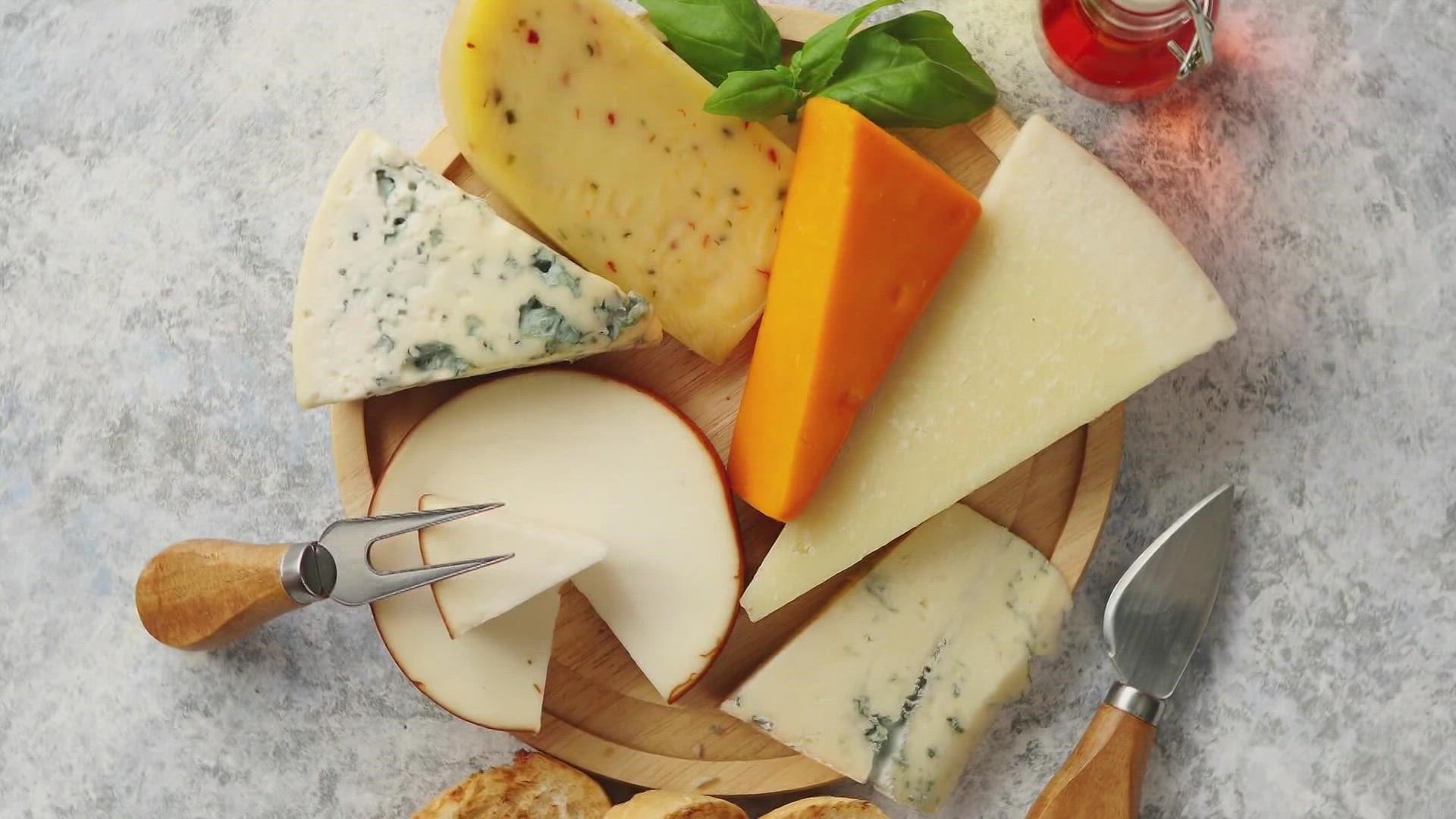SACRAMENTO, Calif. — No one likes it when their leftovers start to look like a horror movie.
There's no better reason to toss food out than when it's covered in mold, but wait! There are times when it’s okay to keep some foods despite the mold.
It's true, some molds can make you sick, but others are actually beneficial to your food. Let’s talk about mold on a cured ham...
The U.S. Department of Agriculture says the curing and drying process allows harmless mold to appear on the ham's surface. You just don't want to leave it there.
Wash it off with hot water using a stiff vegetable brush. The same goes for hard salami, just wash away the mold. In the salami’s case, the mold is white.
Sometimes you'll see small moldy spots on hard fruits and vegetables, like carrots and bell peppers. It’s hard for the mold to penetrate the hard surfaces, so cut the spots away using a knife at least an inch around and below the mold spots. Then, it's okay to eat.
If you see mold on soft fruits and vegetables, like peaches and tomatoes, then toss them out.
Now, how about cheese? Some of it's made with a mold and if it’s part of the manufacturing process, then you're okay. Mold on the surface of hard cheeses can be cut away. Mold on soft cheese that's not part of the manufacturing process is not good. Toss it out.
So, there are plenty of times when mold means a trip to the trash, but not always.
Watch more on ABC10 | Passport Photo Guidelines: Can you smile?



















